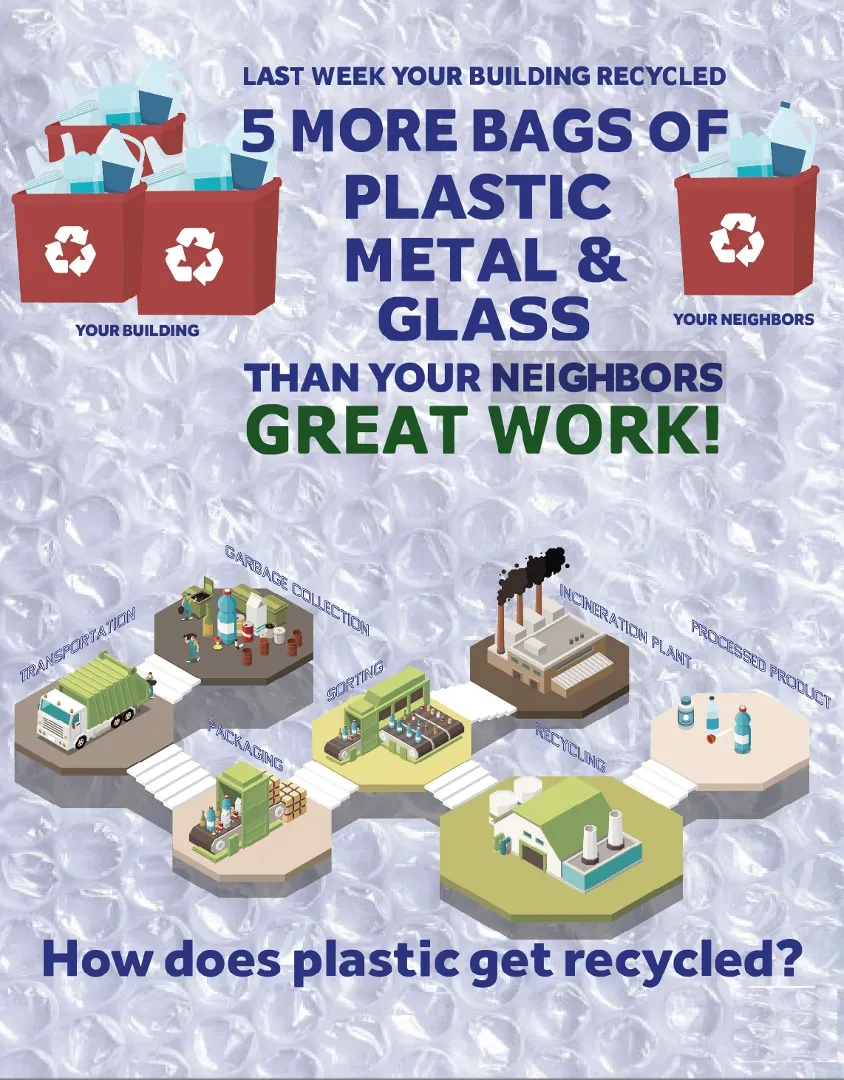WASTE DATA & ANALYSIS CENTER
A Stony Brook University research center dedicated to advancing sustainable waste management practices in New York State through data-driven insights
2019 - 2024
New York State Solid Waste Characterization Project
Funded by the New York State Department of Environmental Conservation (NYSDEC) through the Environmental Protection Fund, this project explores current solid waste and recycling practices in New York State.
- 01

CURRENT PROJECT
2022 - 2025
Materials Recovery Facilities (MRF) Technology Assessment
Funded by the New York State Department of Environmental Conservation (NYSDEC) through the Environmental Protection Fund, this project aims to provide a comprehensive assessment of current and potential Materials Recovery Facility (MRF) technologies in New York State.

- 02
CURRENT PROJECT
21+
different sites sampled
100+
tons of waste sorted
17+
reports and publications produced
30+
conference presentations delivered

WHY WASTE
?
Waste is more than just trash. It’s a complex global issue with far-reaching consequences. According to The World Bank, the world generates over 2.1 billion tons of municipal solid waste annually. By 2050, waste generation is projected to increase to 3.4 billion tons. This waste, if not properly managed, can lead to resource depletion, environmental pollution, and negative health impacts. Our center’s goal is to implement sustainable waste management practices to mitigate the impacts this waste creates.
Understanding waste composition and generation patterns is crucial for developing effective solutions. For example, the United States Environmental Protection Agency (EPA) estimates that food waste accounts for 24 percent of landfill waste, contributing to large amounts of methane emissions. By analyzing waste data, we can identify opportunities for waste reduction, recycling, and composting, leading to a more sustainable and eco-friendly economy.
Waste mismanagement in New York presents a significant challenge, as. According to the New York State Department of Environmental Conservation (NYSDEC), the state generates over 42.2 million tons of waste annually. New York still faces challenges such as illegal dumping, insufficient recycling rates, and over-reliance on out-of-state landfills. Its aging infrastructure struggles to handle the immense volume of waste, leading to frequent overflows and sanitation issues. Addressing these issues requires a comprehensive approach.
Waste management also intersects with social justice issues. The United Nations Environment Program (UNEP) found that marginalized communities often bear a disproportionate burden from waste disposal and pollution. These communities are frequently located near landfills and plastic production sites, and other waste management facilities, leading to higher exposure to toxins and health risks. By studying waste, we can identify and address these inequities, working towards a more just and equitable society.
CONTACT US
!
For further involvement with our organization, we’re here to help. If you’re interested in joining our cause, please don’t hesitate to reach out!
Chat With Us
Message our friendly team anytime.
Call Us
Speak to our team via live call

631-632-8518
Visit Us
Chat with us in person.





